There are many different types of photography techniques available currently, to use and master.
Some of these photography techniques can be easy and some of them can be very hard to achieve.
Today I’m talking about one of these photography techniques which is called Long Exposure photography or slow-shutter photography.
If you learn Long-exposure photography with your DSLR camera, then it will be pretty easy for you to achieve it with your smartphone.
But still, there are some difficulties which you need to overcome to get better results.
So today, in this article, I’m sharing some easy and useful tips to capture better long exposure with your smartphone.
If you own a smartphone that contains a manual mode plus shutter-speed option, then you can capture better long-exposure shots after reading this article, or else you need to buy a new smartphone.
Manual Mode is a must to capture great long exposure shots with your smartphone.
Also, I’m going to share some cool long-exposure shots that I captured myself, some of which I found on the Internet.
So, without talking more about it, let’s get started…
What is Long Exposure?
If you don’t know anything about long exposure, the very first question you need to ask is, “What is Long exposure?”
The basic meaning of Long exposure is that you capture a shot with a very slow shutter, like 1 sec, 5 sec, and so on.
During that time your camera sensor captures every single thing that comes in front of the camera lens.
Then, it represents all that stuff in one single image.
Want some examples???, here you go…
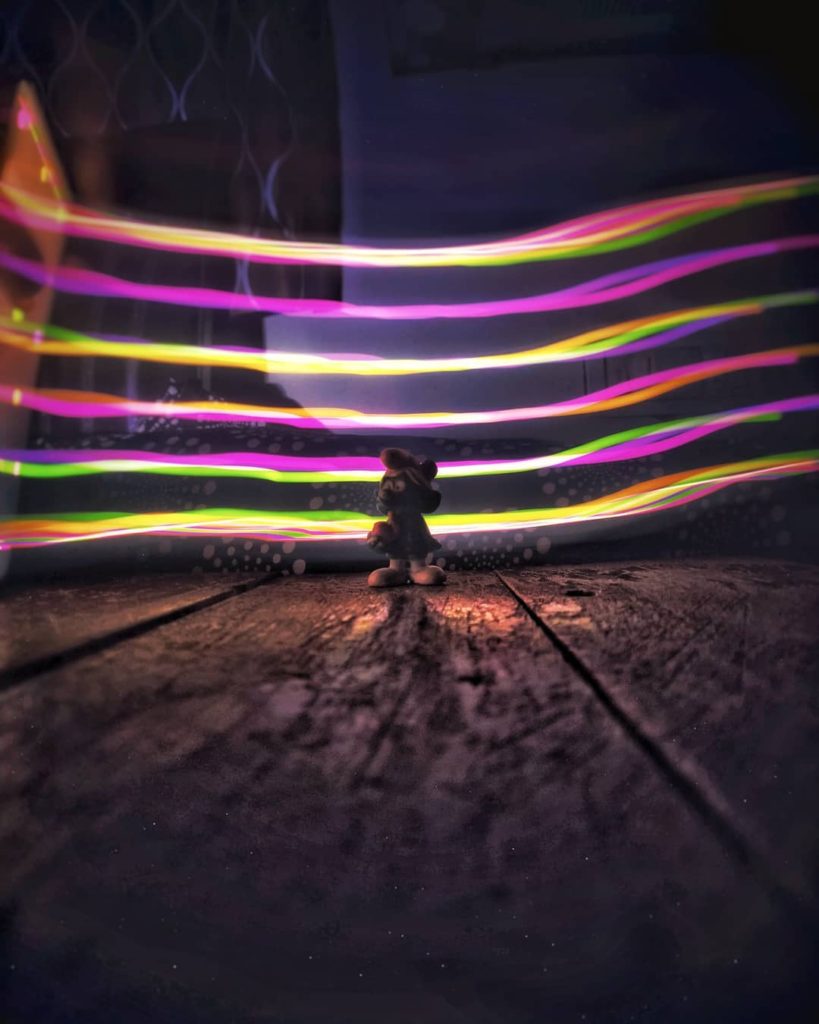
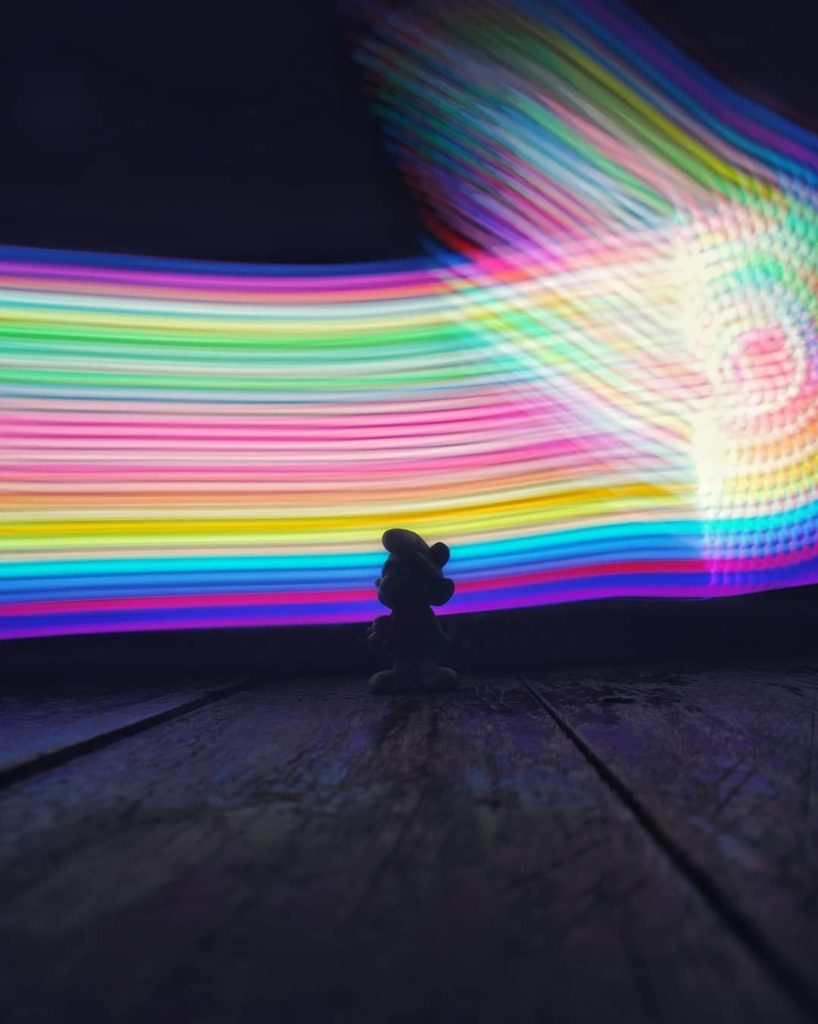
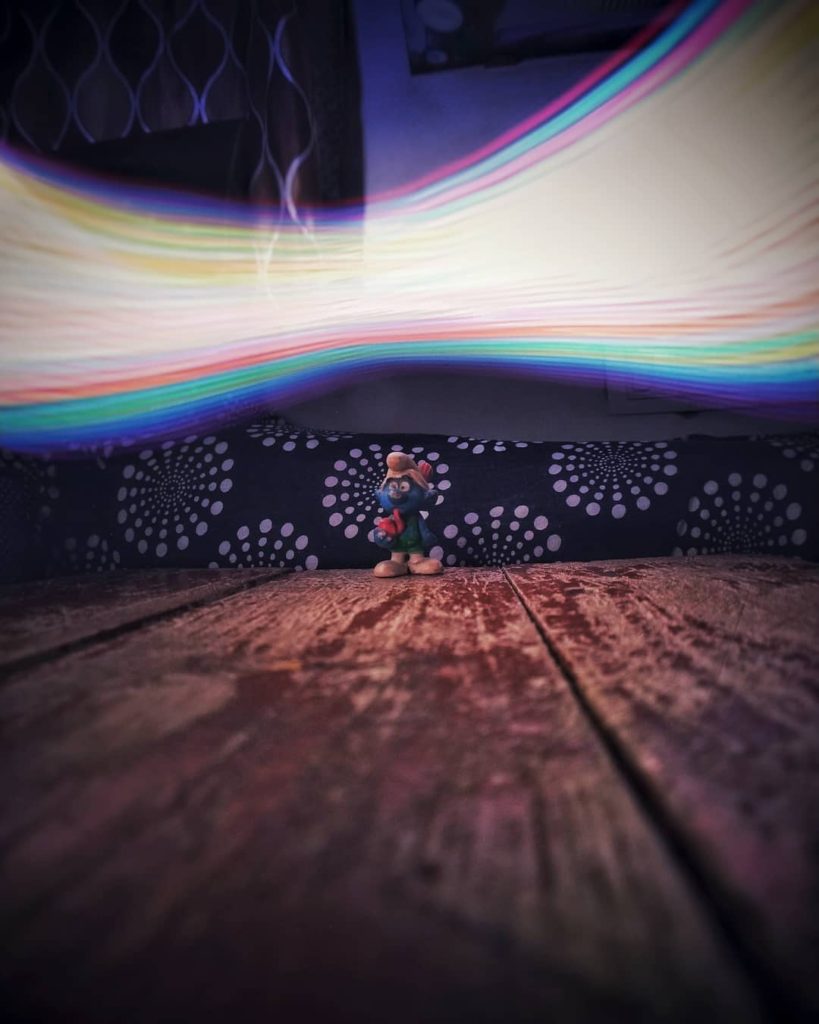
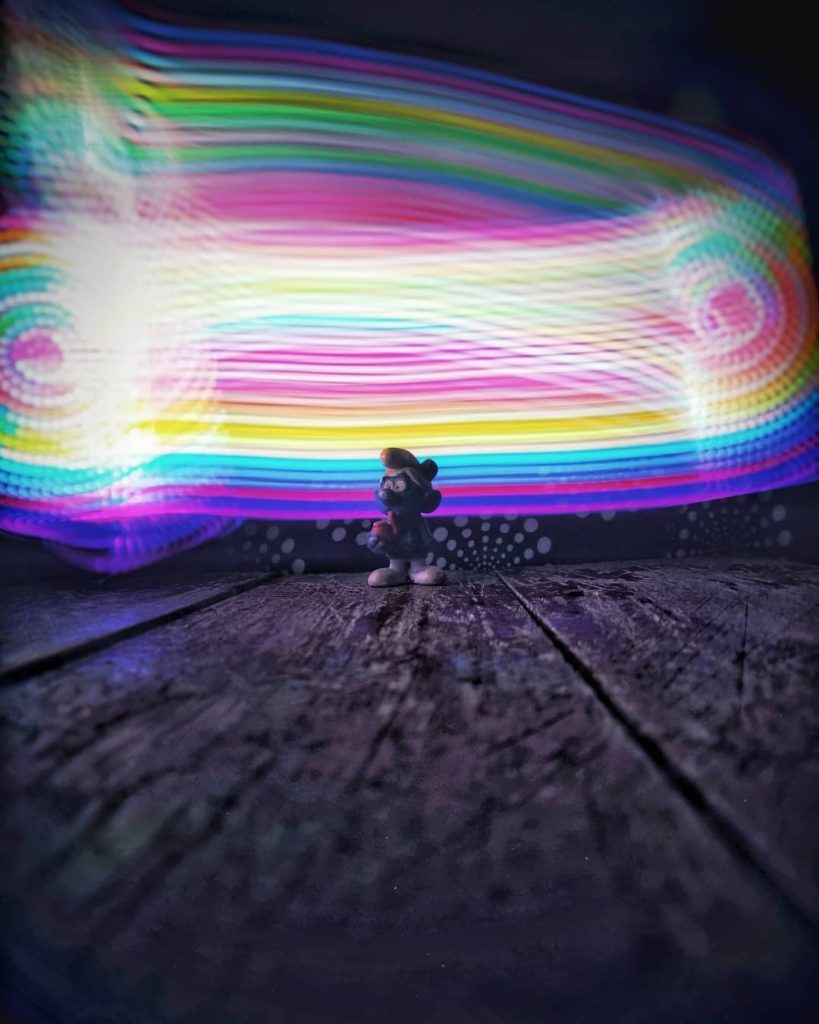
captured and edited by pewdoc
All these images are captured using a slow shutter, and it’s the best example of long-exposure photography. Pretty good, right??
You can capture the same or even better long exposure shots using the camera of your smartphone or your DSLR camera, and understand your camera settings.
Now you know the meaning and have also seen some great examples of long exposure shots, so let’s capture something amazing with your smartphone camera.
How to capture better Long Exposure With smartphones?
Before we dive deep into Long-exposure photography with a smartphone, you need to understand some basic settings like ISO & shutter speed.
If you already know these two words, then you can skip this point and move on to the next.
ISO
In other words, ISO helps you to manage lights coming through your camera sensors.
This means if you set ISO to a minimum of 100, then your camera sensors absorb a very low amount of light ( perfect for capturing long exposure shots ).
If you set ISO to the maximum, like 1600, then you’ll get brighter images ( better for night photography ).
But there is one big problem with very high ISO, and the problem is you’ll get more grainy or even totally overexposed images.
When you try to shoot with very high ISO, like 800-1600, with low shutter speed.
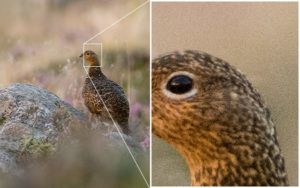
This means that when you’re trying to capture long exposure, make sure you set ISO to a minimum of 100-200.
Shutter-speed
This is another important feature which you need to know and understand before you start capturing better long-exposure shots.
Basically, shutter speed helps you to manage your camera shutter.
On most smartphones, the manual mode’s highest shutter speed, which you can set, is 32 sec, and the lowest is 1/1000 sec.
Now, as you know, for long-exposure photography, we’re going to set the shutter speed to more than 5-10 sec (it totally depends on your requirements).
So your camera sensor will open for the next 5-10 seconds, so now tell me which ISO number is better to get the proper image.
Yes, you can set 100-200 ISO for better results, but if more lights are coming into your camera sensors then you’ll get totally overexposed images.
Hence, you should perform long-exposure photography in low light.
Now you know two important parts to perform better long-exposure shots, let’s capture something…
To capture all the example images I attached another smartphone lens, you can read about that lens here.
As you can see all you need is subject to capture, and I captured this image in low light.
I used a small LED light ( or mobile screen or any good wallpaper ) to get better light trails.
To capture this image I used ISO around 100-200 and a shutter speed of 10 sec.
( make sure your smartphone is steady while you’re capturing the shot).
You can use a tripod or make your stand to keep the smartphone steady and capture a clear shot.
This is all about low shutter speed, you can use High shutter speed to capture moving objects.
But as we know, low shutter speed ( in a sec ) means low ISO (100-200).
So if you’re capturing images with a high shutter speed ( like 1/500 or 1/1000th sec), then you need high ISO like (800-1600) to get good exposure in your image.
Hope you guys learn something new and easy way to do better long exposure with a smartphone.
If you like this article, then please share it with your friends, thank you….

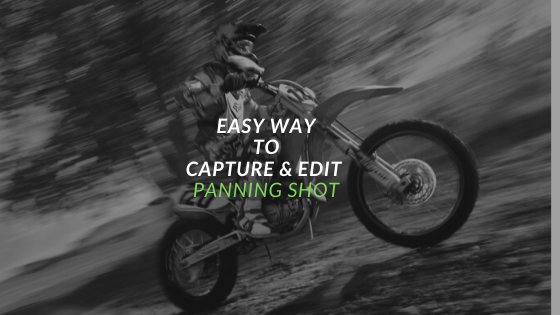

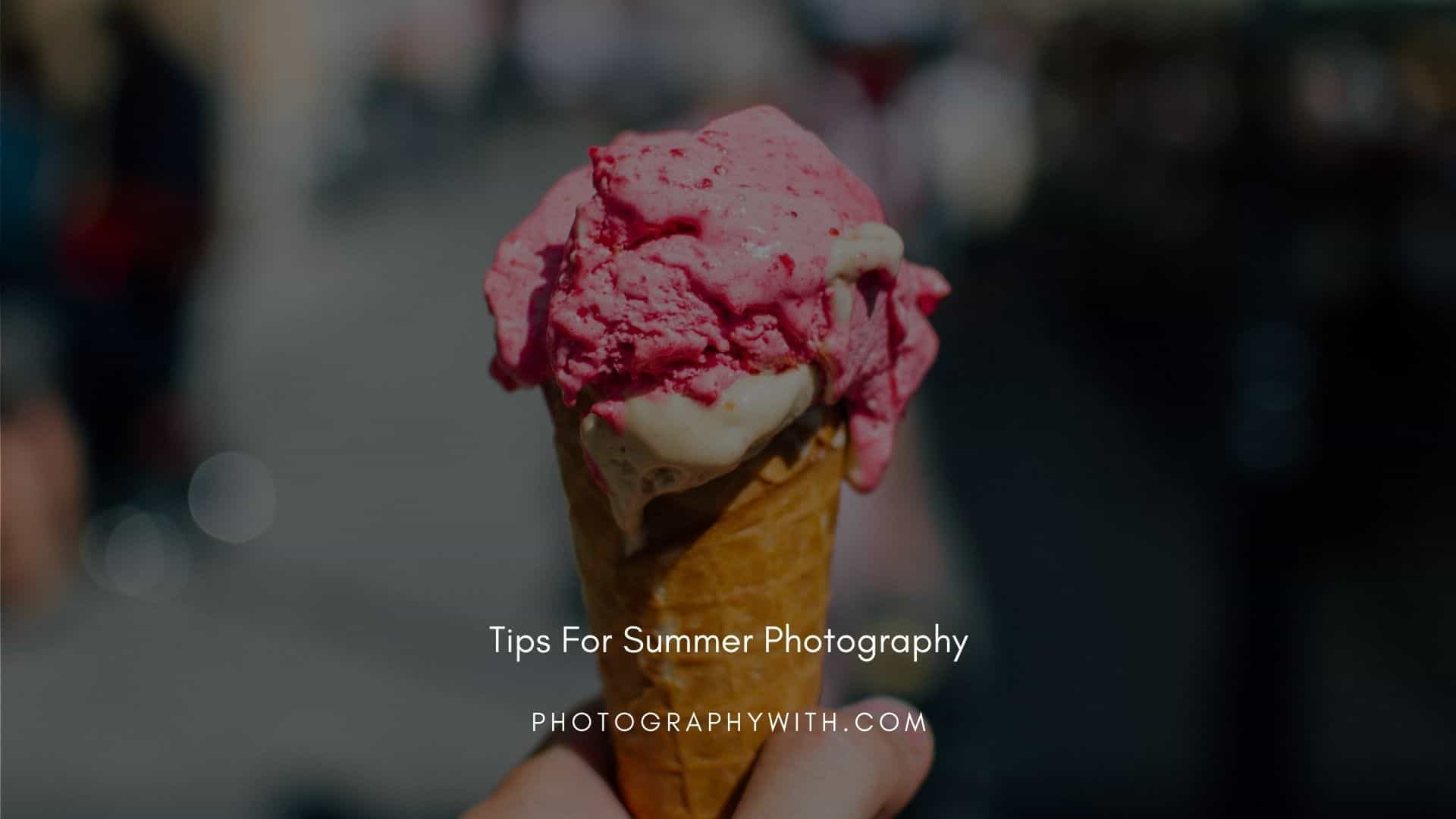
 FREE Guide Revealed!
FREE Guide Revealed! Don't Miss Out The Opportunity To Earn as Photographer in this year :)
Don't Miss Out The Opportunity To Earn as Photographer in this year :)